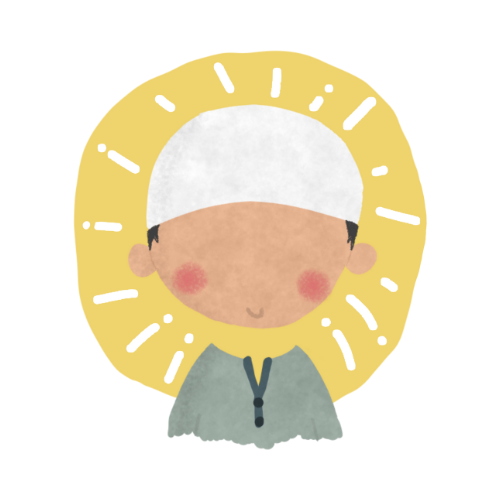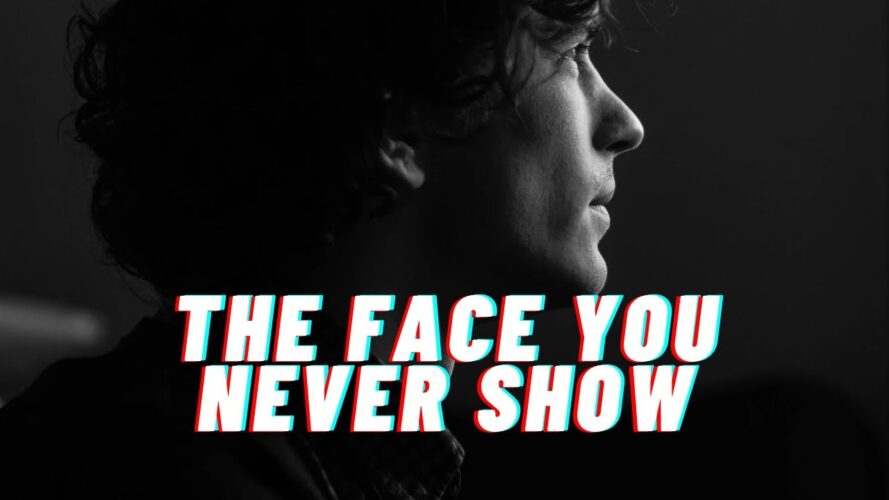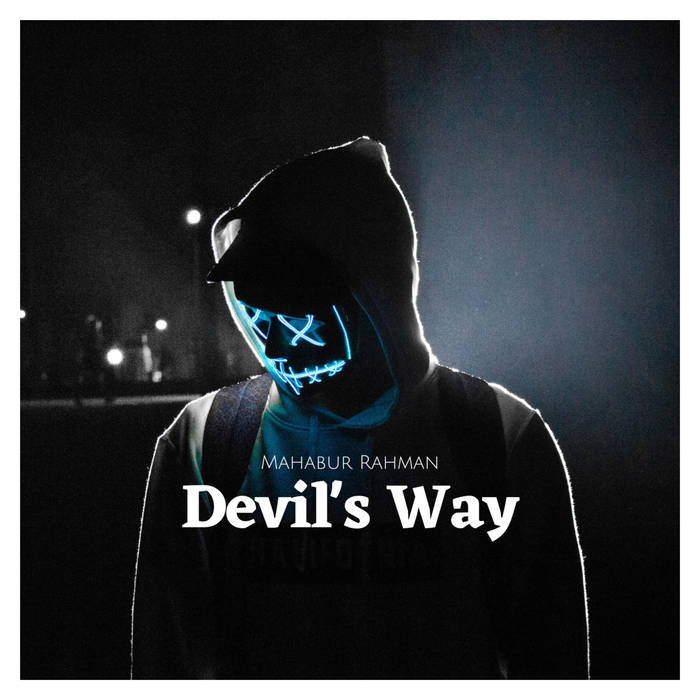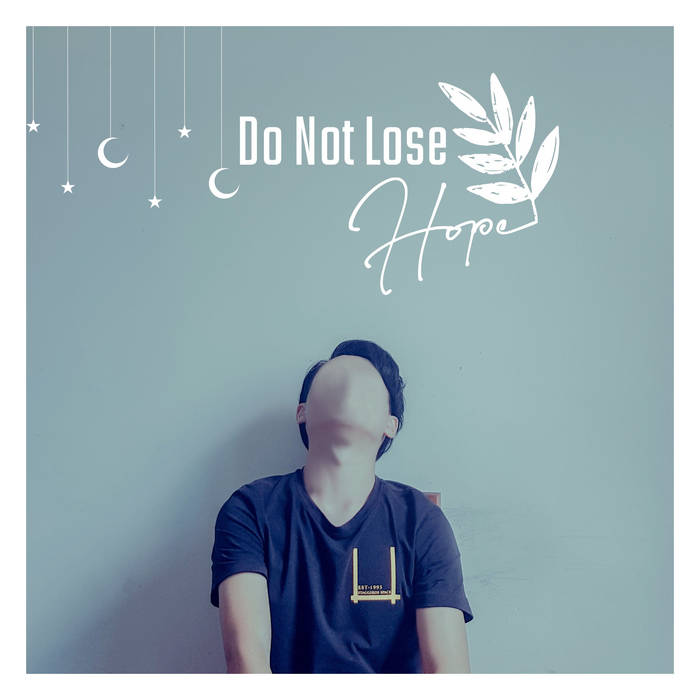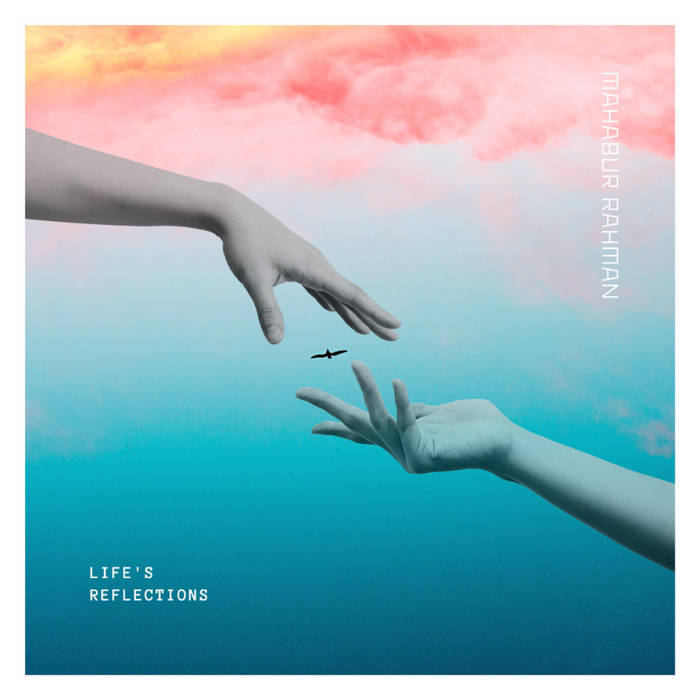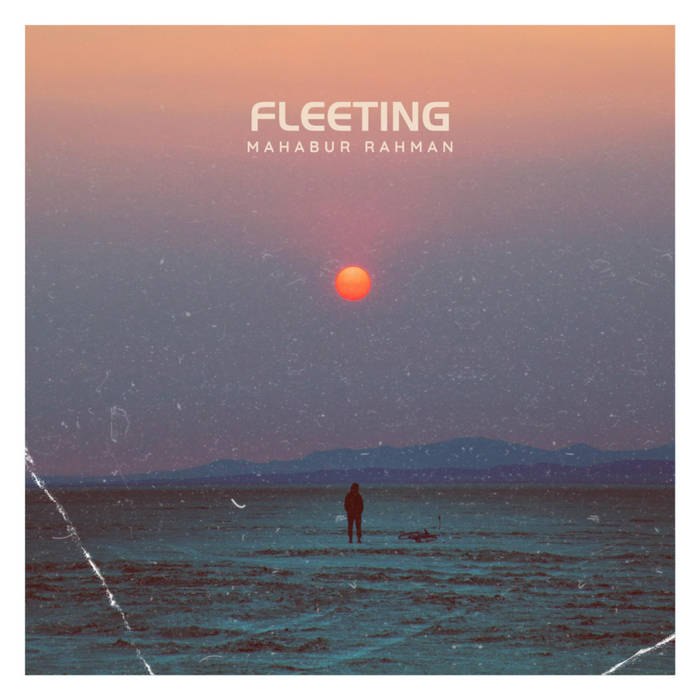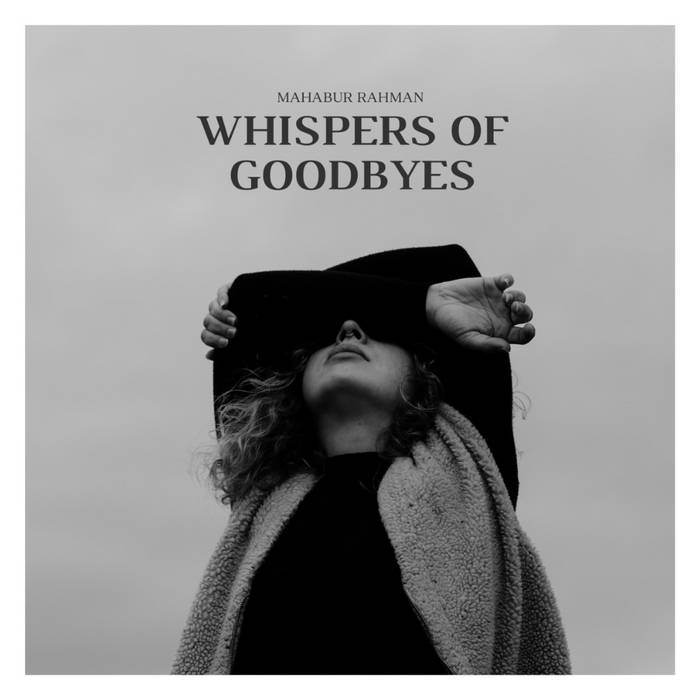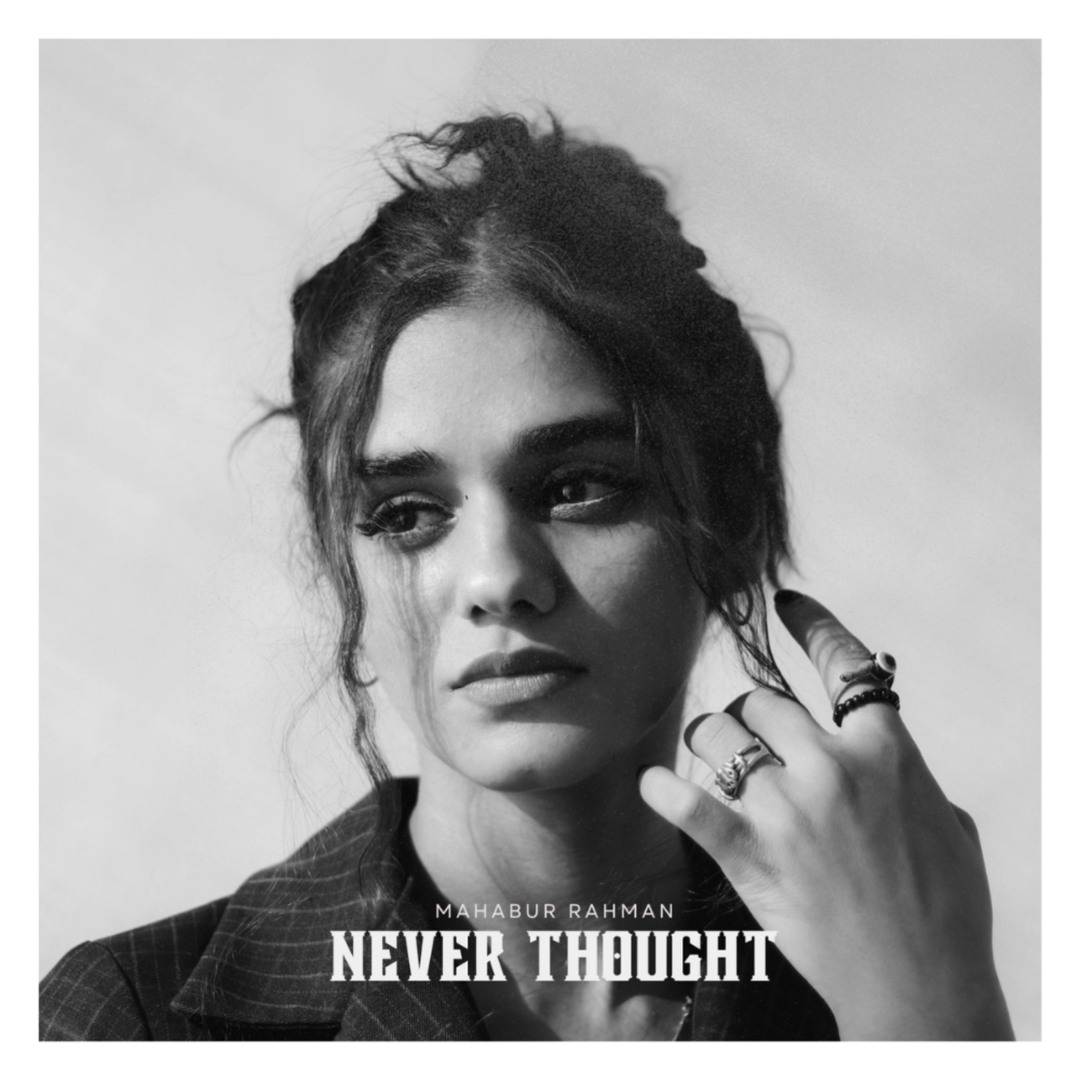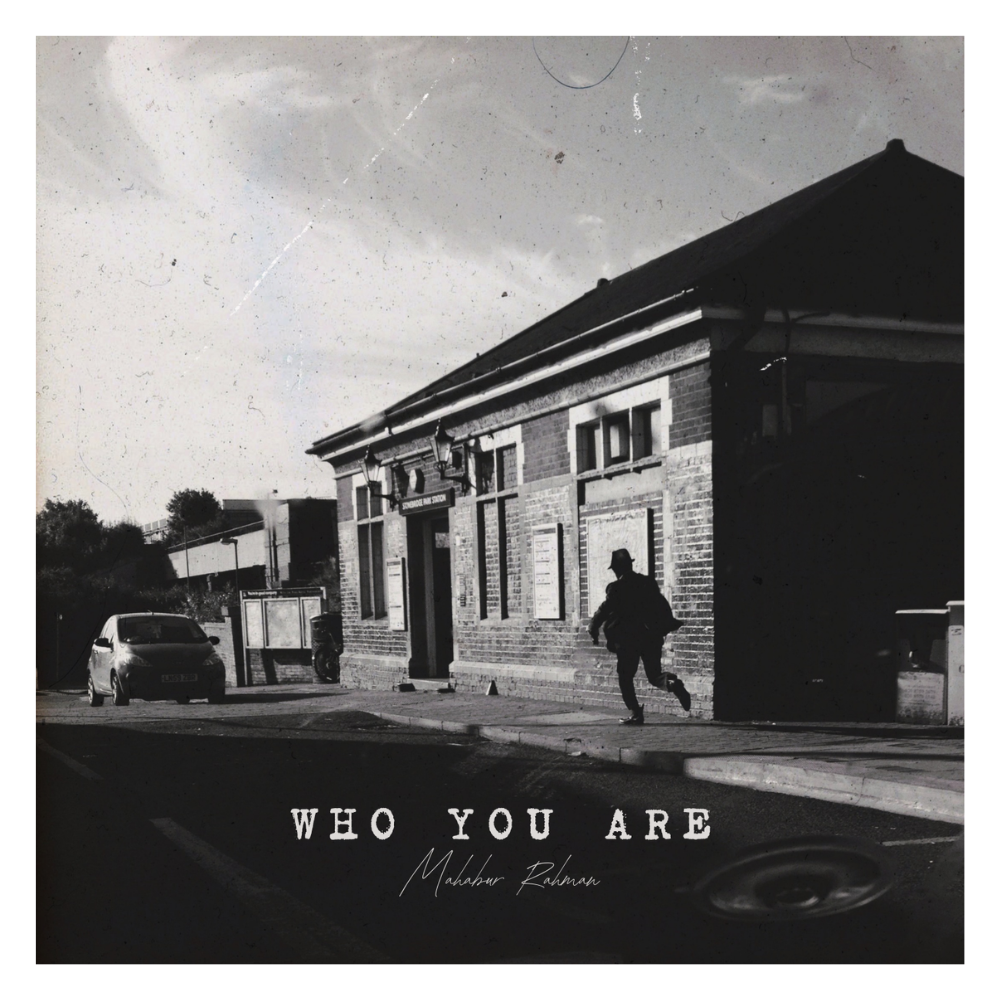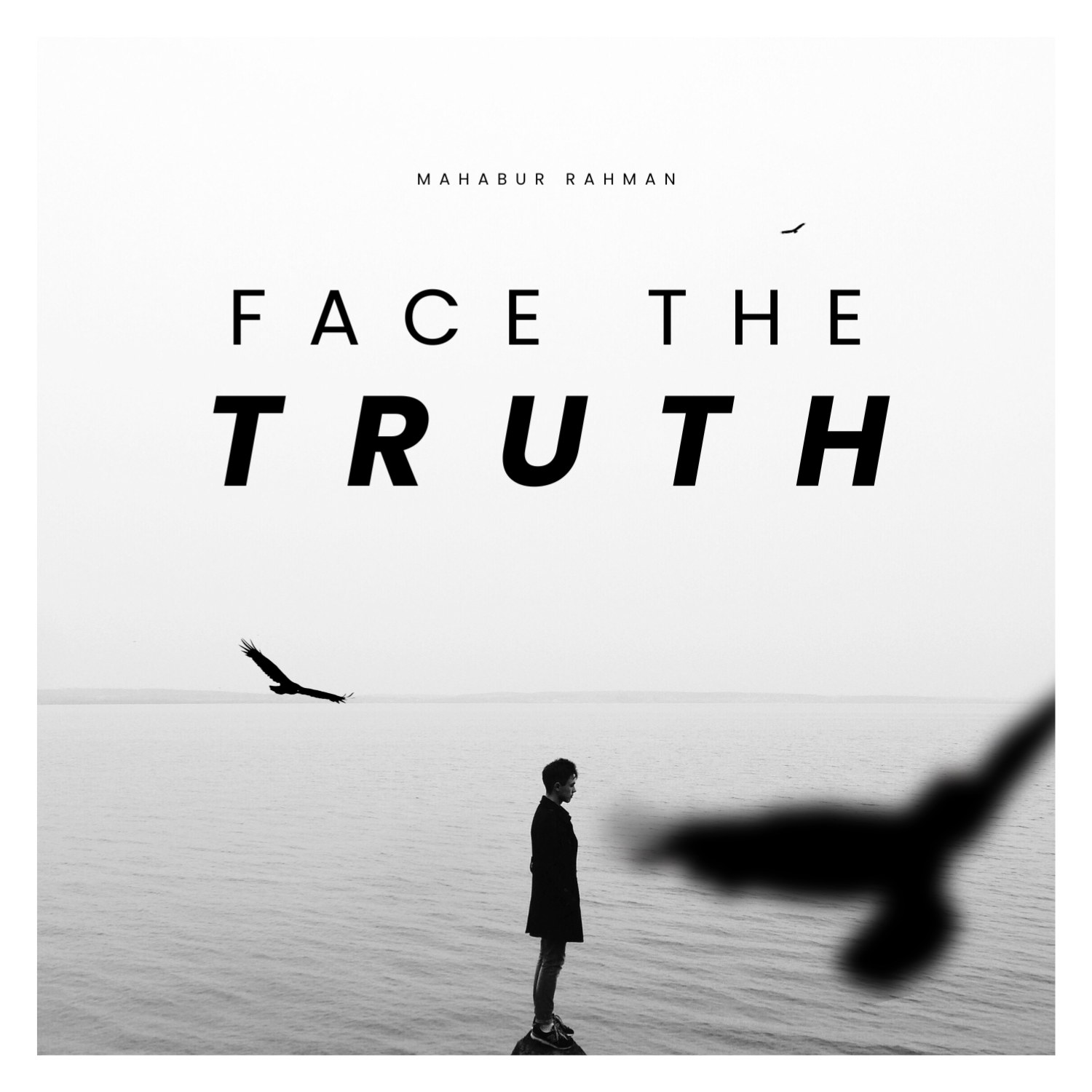The Japanese say you have three faces:
- The First Face: The one you show to the world.
- The Second Face: The one you show to your close friends and family.
- The Third Face: The one you never show to anyone. It is the truest reflection of who you are.
Hearing this, you would likely agree with the Japanese perspective on how we present ourselves. This highlights the third face and suggests that even those closest to us – our friends, family, and the wider world – don’t fully know who we are.
There are parts of ourselves that we never share with anyone, not even our closest friends. These aspects might be things we find shameful or embarrassing, or things we are not proud of. Just thinking about them can induce anxiety and trauma.
But let’s focus on the concept of friendship. I want to explore what a true friend is, using this Japanese saying as a reference point. What is a true friend? Does such a person even exist? And if so, how would you define them?
Here is my observation and classification of friendships based on my relationships and experiences. I’ve also included percentages to indicate levels of openness:
True Friend: 90%
A true friend is someone with whom you can express almost anything, be your true self, and feel comfortable sharing most of your thoughts, feelings, and experiences. While some aspects of yourself remain private, the connection is deep and genuine. These friends are usually people with whom you have grown up, assuming you didn’t drift apart. I would also include family and long-term romantic partners in this category.
Casual Friend: 70%
A casual friend is someone who knows you but doesn’t know you deeply. You can trust them enough to share most things, and they are good company to be around. Examples include work friends you see outside of work, people you are getting to know romantically, and individuals from hobby and interest groups.
Work Friend: 50%
A work friend is someone you can joke around with and share things within certain boundaries. They might not know much about your family life but probably know what you watched on Netflix last night. The relationship is friendly and supportive but primarily revolves around the work environment. Work friends have the potential to transition into casual friends with time and effort.
Friendly Coworkers: 30%
These are friendly people you work with. They are not exactly your friends, but you can share a joke or two, as long as it’s not too offensive. The relationship remains professional but friendly, with minimal sharing of personal life details. They have the potential to become work friends.
Coworkers: 10%
These are people who are definitely not your friends. They are acquaintances. You usually talk only about business, and that’s it. Communication focuses on work-related topics, with little to no personal connection. The relationship is polite and respectful but lacks a deeper bond. These are usually your managers, supervisors, and colleagues with whom you only exchange basic greetings. They have the potential to become true friends, but due to factors like power dynamics and personalities, this is very unlikely.
Conclusion
Can you really be 100% open with someone? Consider your partner. If you’re being 90% open, are you truly a friend? While I agree with the Japanese saying, I believe that being 100% open is possible. This would require the person to be fully vulnerable and open, like an innocent child, speaking freely without judgment.
However, such a level of openness might be rare and fleeting, perhaps only found in children with their parents or in the early stages of love. Achieving and maintaining 100% openness requires a unique and profound level of trust and understanding that is often difficult to sustain in adult life.
I believe strangers can turn into true friends; it all depends on how open you are and how open they are. Everything requires trust.
